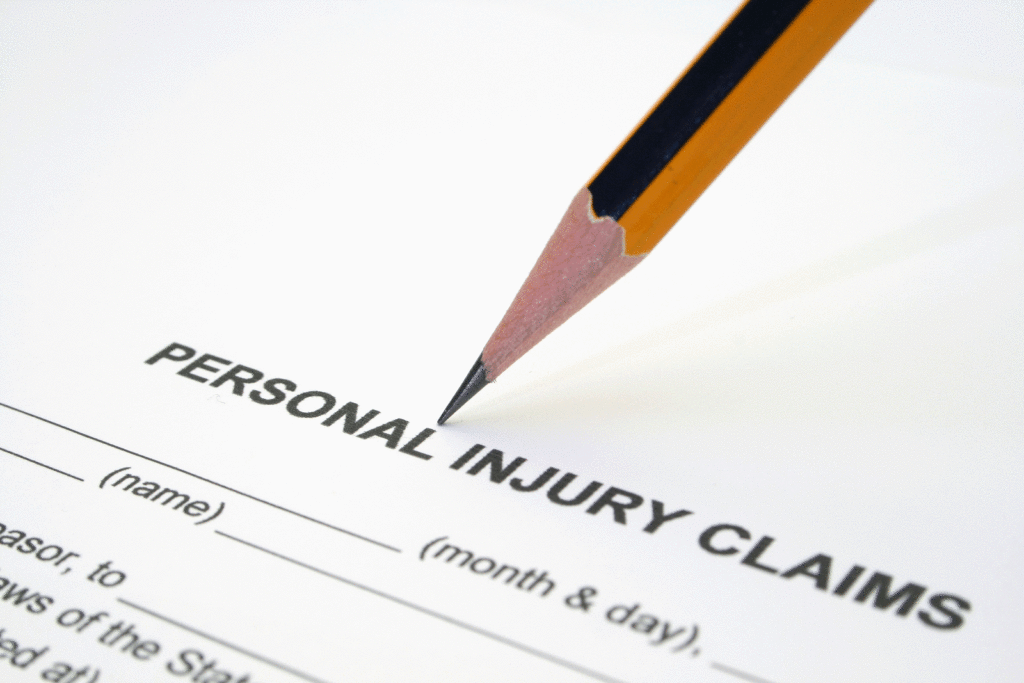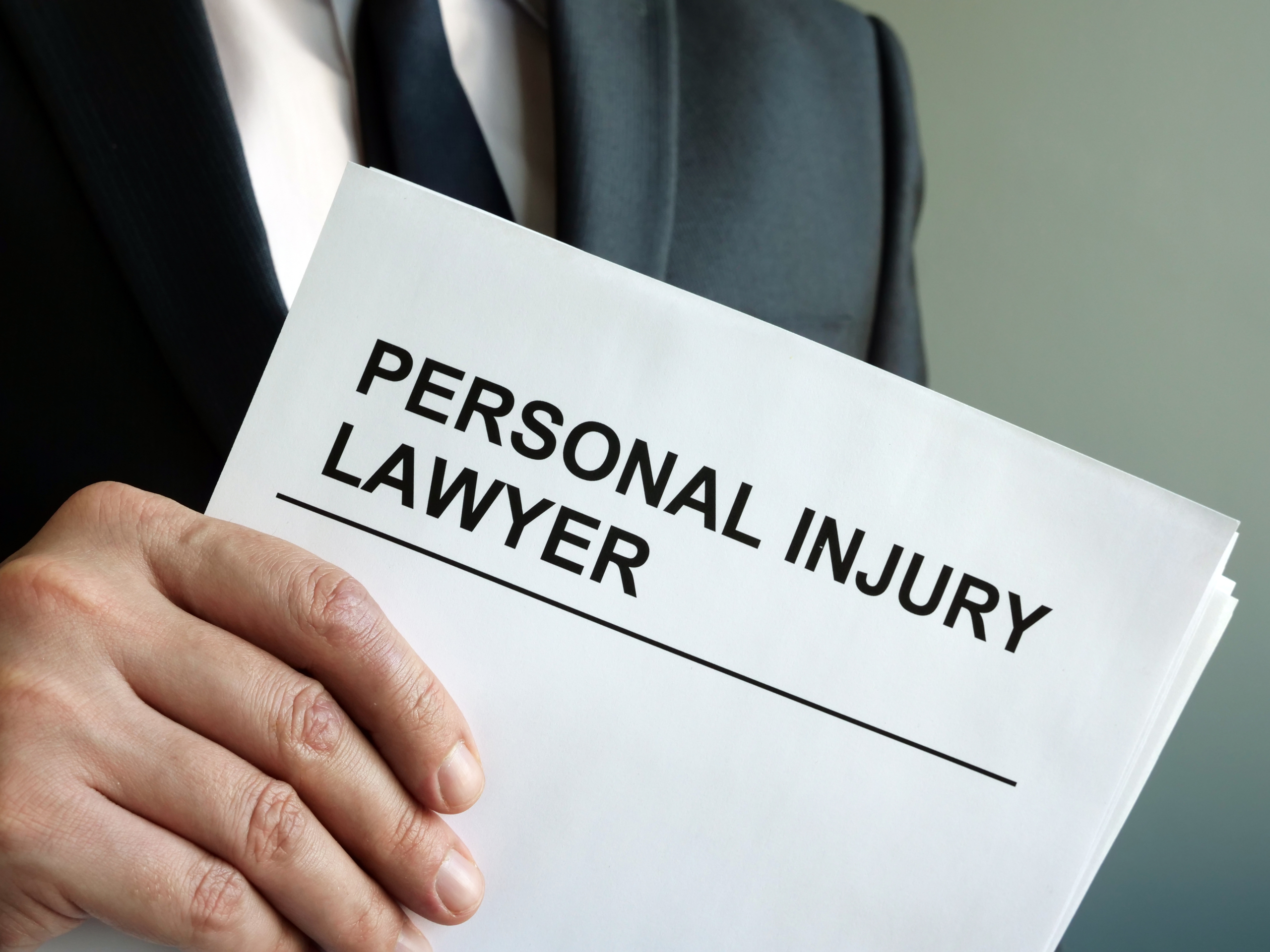Now Reading: Increasing Efficiencies: Technology’s Place in Personal Injury Litigation
-
01
Increasing Efficiencies: Technology’s Place in Personal Injury Litigation

Increasing Efficiencies: Technology’s Place in Personal Injury Litigation
Technology is transforming many industries, and the legal field is no exception. In particular, personal injury litigation has seen significant advancements in integrating new technologies.
These tools revolutionize how cases are researched, prepared, managed, and presented in court. Essentially, this leads to increased efficiency and accuracy. This introduction of technology allows lawyers to serve their clients better, making processes faster and more effective.
From automated research tools to sophisticated methods for evidence collection and presentation, technology optimizes every stage of the legal process. This article explores the key areas where technology is making a substantial impact on personal injury litigation.
So, are you ready to begin? Let’s start this journey together!
1. Enhanced Research and Case Preparation
One of the foundational stages of any legal proceeding involves thorough research and case preparation. And this is where technology first steps in to streamline the process.
Legal research software provides attorneys with instant access to a vast array of case laws, statutes, and legal precedents. These platforms offer search capabilities and use machine learning algorithms to predict relevant case outcomes based on historical data.
Additionally, document automation tools have become indispensable in drafting case documents. These devices help generate standard legal documents, pleadings, and letters with greater accuracy and much less time. Essentially, this allows lawyers to focus more on the strategy and nuances of each case.
2. Enhanced Efficiency and Precision in Case Handling
Once the initial research and document preparation are complete, case management systems come into play. These digital platforms are advanced personal injury case management solutions for attorneys. They provide them with easy access to critical case details such as medical records, accident reports, and client information.
They assist in organizing, scheduling, and tracking every aspect of a case from start to finish. Features such as timeline management and task reminders ensure that nothing is overlooked. Similarly, integration with calendars helps meet deadlines.
Importantly, these systems provide a central repository for all case-related information, which is accessible by team members at any time. This approach reduces the time spent on coordination. In addition, automation in case handling also extends to communication.
Automatic emails and notifications can keep clients informed of their case status without constant direct communication from the lawyer. This enhances client satisfaction and frees up valuable time for lawyers.
3. Evidence Gathering
In personal injury cases, gathering concrete evidence is crucial. Technological advancements have significantly improved the methods of collecting evidence. High-definition cameras and drones can capture detailed images and videos from accident scenes, which are vital for establishing the facts in court.
In addition, wearable technology can provide real-time health data. For example, smartwatches can be used to demonstrate the extent of injuries sustained by the plaintiff. Likewise, electronic discovery (eDiscovery) has transformed how information is gathered for cases.
This involves extracting data from electronic devices such as smartphones and computers. Specialized software is employed to sift through large volumes of data. It identifies relevant emails, messages, and other digital documents that can serve as evidence.
4. Presenting Evidence in Court
Presenting evidence effectively in court is crucial to winning a case. Here, technology plays a pivotal role. Tools like PowerPoint and other visual aids have been common for years. However, newer technologies are now being used to recreate accident scenes or illustrate medical issues more vividly.
It includes tools like 3D modeling and virtual reality. These technologies can help juries better understand complex facts and scenarios. This approach leads to more informed decision-making.
In addition, digital presentation systems allow for seamless integration. It includes video evidence, digital documents, and other media in the courtroom environment. This makes the trial more dynamic and also aids in clearly presenting the case to a judge or jury.
5. Client Interaction
Maintaining effective communication with clients is essential for any legal practice. Technological solutions like client portals have made interaction easier and more secure.
Through these portals, clients can log in to check on their case status, view documents, and communicate directly with their attorneys. This transparency builds trust and keeps clients engaged in their cases without frequent office visits.
Furthermore, video conferencing tools such as Zoom or Microsoft Teams have also become commonplace. This especially takes center place in the wake of the COVID-19 pandemic. These tools enable face-to-face meetings, regardless of the client or attorney’s physical location, making them highly convenient for both parties.
The Bottom Line!
Technology has fundamentally transformed the landscape of personal injury litigation. From enhanced research to more dynamic evidence presentation in court, technological advancements have streamlined many aspects of legal practice.
As you look forward to future developments, technology will continue to play a crucial role. It is shaping efficient, precise, and effective legal practices.










